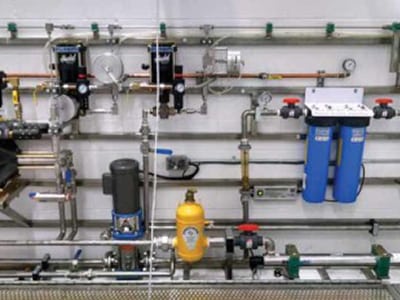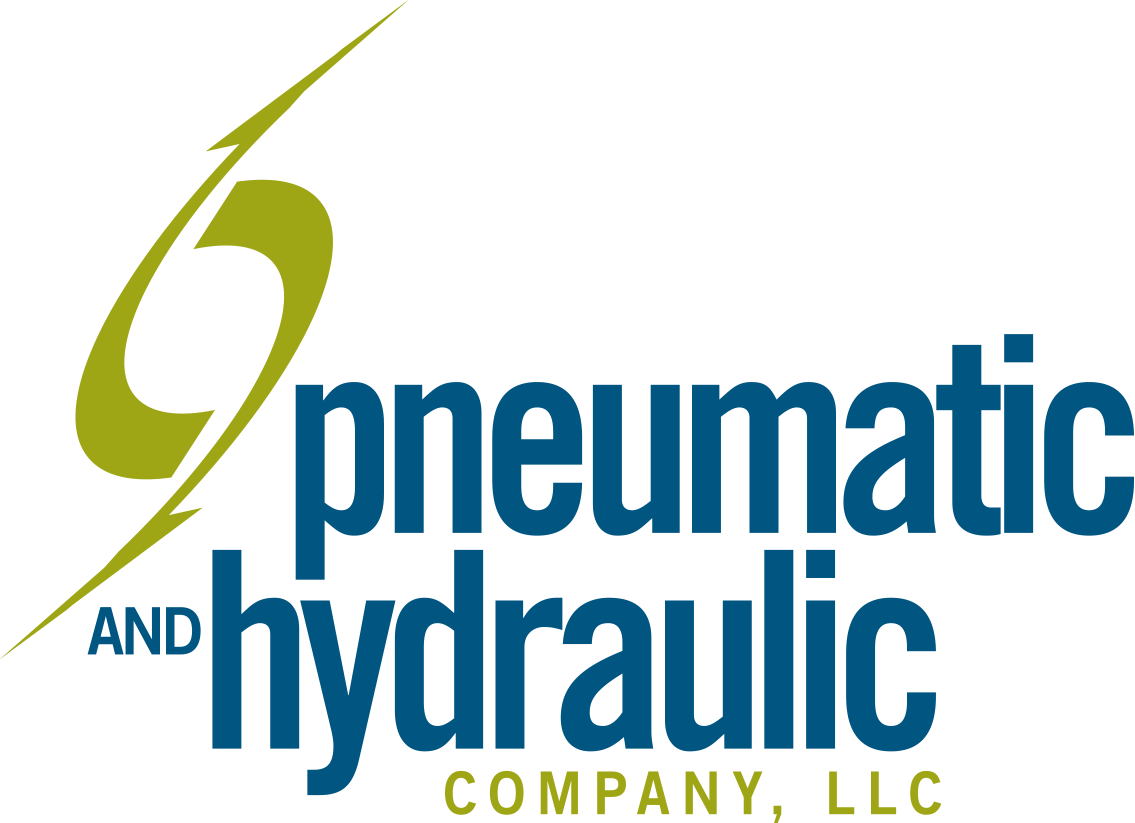By LOY REEDER / Haskel as featured in Upstream Pumping Magazine
Hydrostatic testing validates the stability and reliability of components that contain pressure from the wellhead to the platform, such as deep-water valves, blowout preventers, sub-sea tie-backs and assemblies used with umbilical lines. The oal of testing is to validate the design and to find its potential failure point. To do this, fabricators test offshore equipment in controlled environments at pressures exceeding what they will experience in the deployed environment.
Why Use Hydrostatic Testing for Offshore Equipment?
Safety is the first priority in any offshore environment. Everyone in the industry understands the need for safe and reliable equipment, and everyone is mindful of the immeasurable costs that accompany equipment failures. After the Macondo incident in the Gulf, the industry looked inward and began imposing self-regulations and much more stringent testing. Hydrostatic testing for new gas pipelines is required by federal law and is overseen by the U.S. Department of Transportation’s Pipeline and Hazardous Material Safety Administration. Beyond regulations and safety concerns, another driver for more (and more comprehensive) pressure testing exists—the continual shift to deeper water. As operators work in deeper, high-pressure, high-temperature (HPHT) environments, their equipment must be able to withstand the demands of 25,000 pounds per square inch (psi) and the extreme temperatures that accompany working at such depths. Not long ago, 15,000 psi was the standard. Today, more than 25,000 psi is required, which means that equipment must be tested well above that—as much as 60,000 or even 100,000 psi.

Conducting Pressure Testing
Because of the remote locations where offshore equipment is used (and the cost of maintenance in these environments),
hydrostatic pressure testing is done before equipment is deployed in the field. Several types of tests are available, including proof testing, leak testing, burst testing and fatigue testing. For each type of test, fabricators create a test-bed in a controlled lab that uses the following types of equipment:
- pumps
- valves
- gas boosters
- accessories (such as hoses)
Once the equipment to be tested is set up in the lab, pumps are used to increase pressure to the desired psi and hold this pressure for the required period of time. Numerous ramp-up and ramp-down stages are conducted in open and closed states. Complex valve sets may be pressurized with gas or liquid that is dyed to aid in visual leak detection and submerged for extended periods of time until the test requirements have been met. Tests take various shapes and sizes: from single, hand-driven portable pump tests to tests driven by fully automated digital systems.
The key to successful testing is to build pressure to 60,000 psi (or more) and hold it for the duration of the testing period. Few pumps on the market can hold pressure over time without consuming air or energy. One company designs air-driven liquid pumps and gas boosters specifically for this type of testing.
Today, the Gulf of Mexico remains one of the most heavily drilled offshore areas in the world, with more than 48,000 wells. After several decades of successful harvesting, offshore development in the Gulf (and around the world) has pushed into deeper waters. Compare this with 1930s-era platforms that only needed to reach depths of 300 feet, and you can see how equipment manufacturers have evolved. So have the testing technologies needed to validate their designs and ensure that equipment performs as expected.
A Timeline of the Industries Move Offshore
- 1859 The first commercial oil well was established in Pennsylvania, ushering in the start of modern drilling methods.
- 1901 The legendary Texan Spindle-top well was drilled to 1,000 feet, proving the value of hydraulic rotary drilling equipment and producing more than 80,000 barrels per day.
- 1910 After successful testing in California, Gulf Refining Company created America’s first true offshore drilling operation in Louisiana.
- 1930 Offshore drilling platforms reach depths of 300 feet and 150 psi.
- 1944 Operation PLUTO (Pipelines Under the Ocean) was developed by UK scientists, oil companies and the U.S. military to build pipelines under the English Channel. These pipelines would provide allied forces with fuel as an alternative to vulnerable sea-traveling oil tankers.
- 1950 Offshore drilling platforms reached depths in excess of 1,000 feet and 1,000 psi.
- 1970 Offshore drilling platforms reached depths of 2,000 feet and 2,000 psi.
- 1980 Survey and exploration capabilities opened up deeper waters, where larger reserves lay thousands of feet under the sea floor. Platform/drilling technology slowly began to adapt to the new requirements of deep water.
- 1990 Offshore drilling platforms reached depths of 3,000 feet and 10,000 psi.
- 2000 Offshore drilling platforms reached depths of 7,500 feet and 20,000 psi.
- 2009 The shale boom changed the North American energy landscape. Domestic oil production in the U.S. increased for the first time in 25 years.
- Today We are now capable of working in water depths in excess of 10,000 feet and in total vertical depths of more than 37,000 feet.
